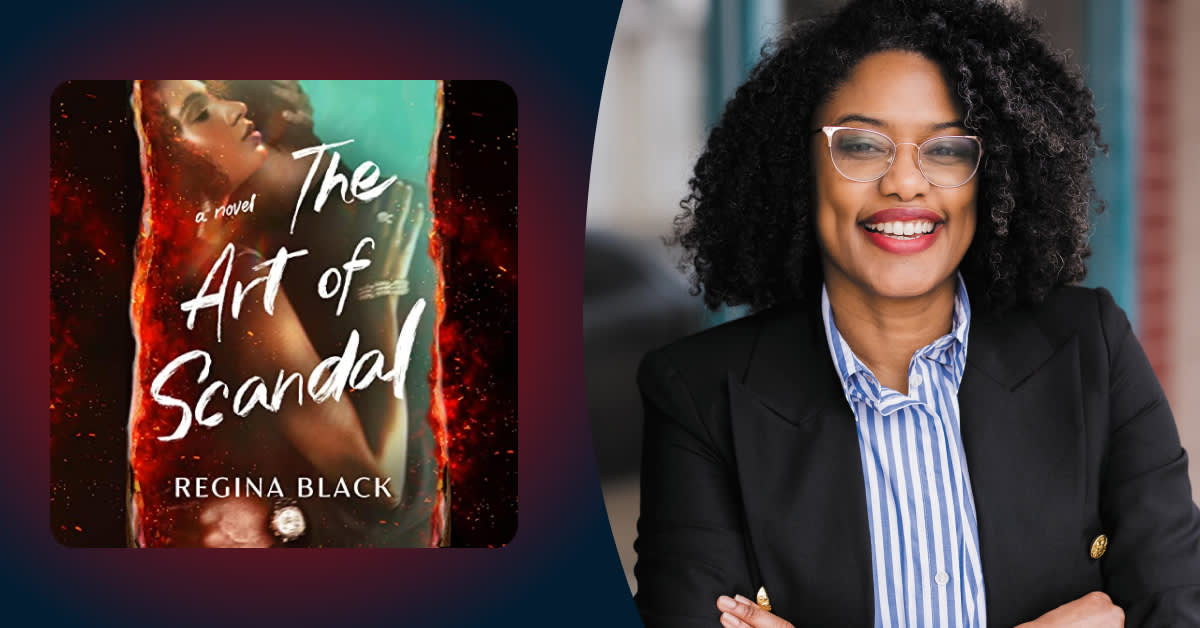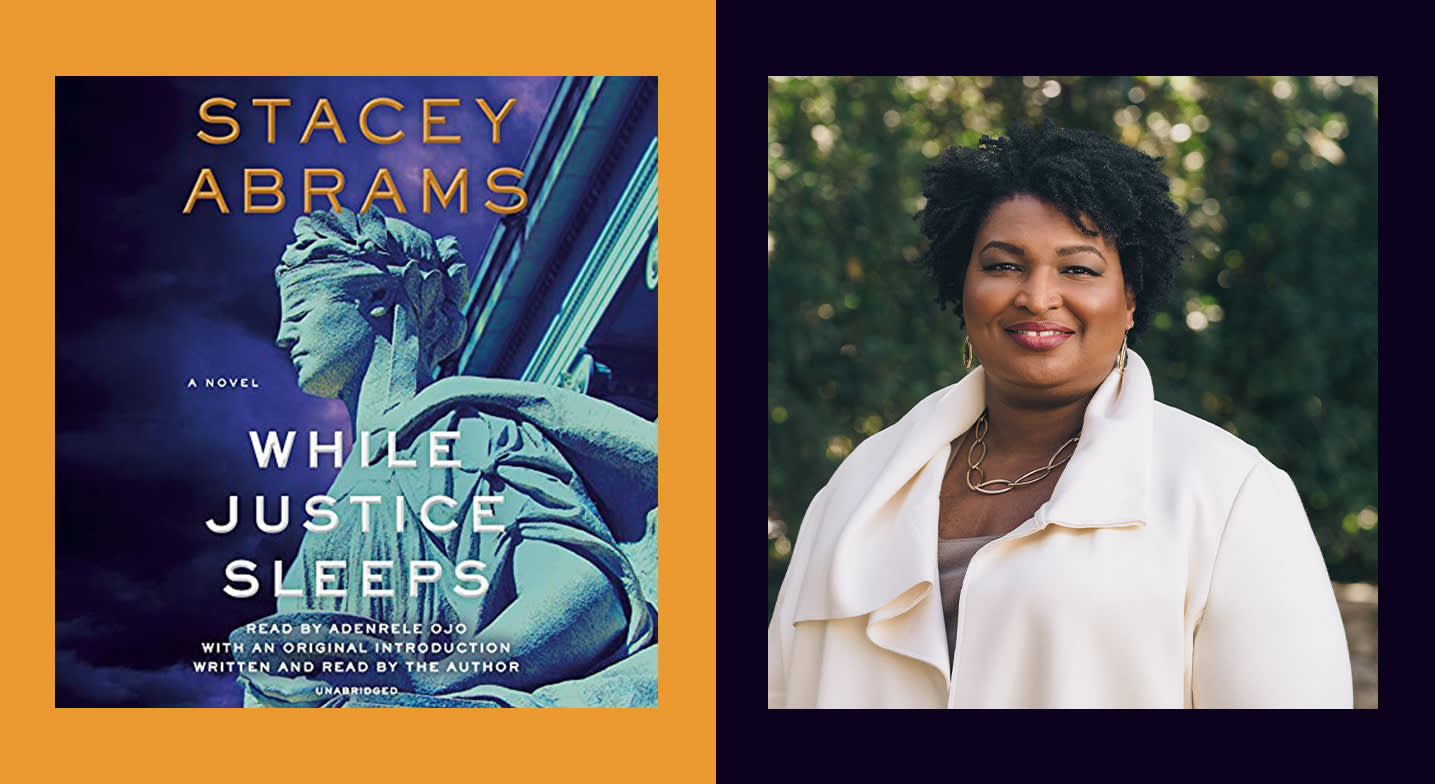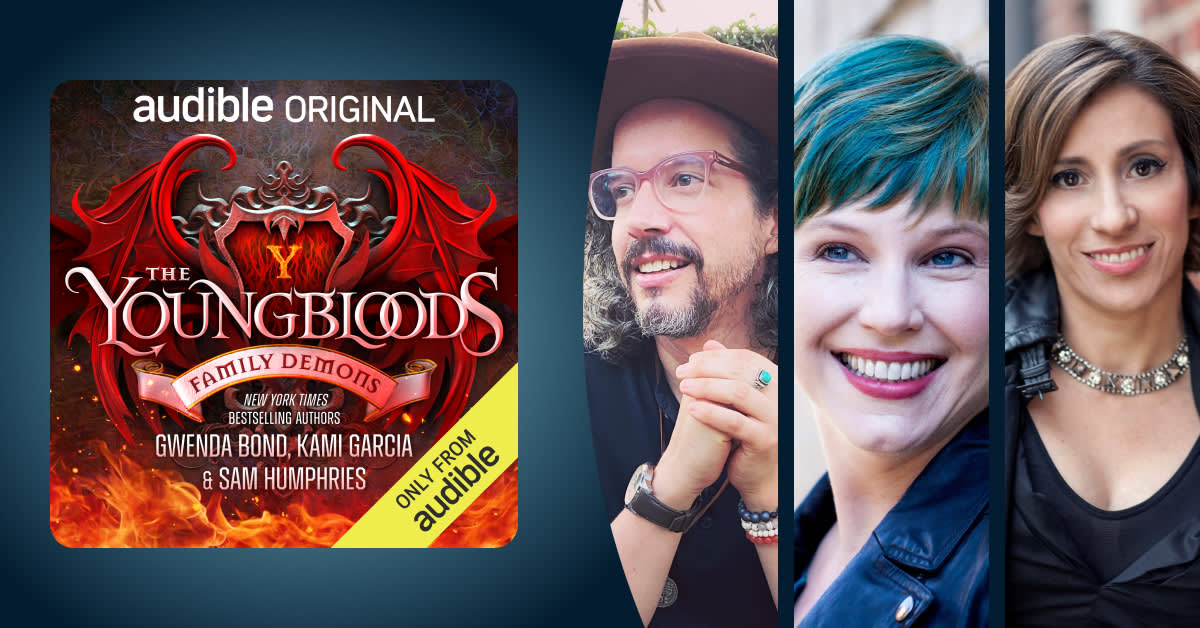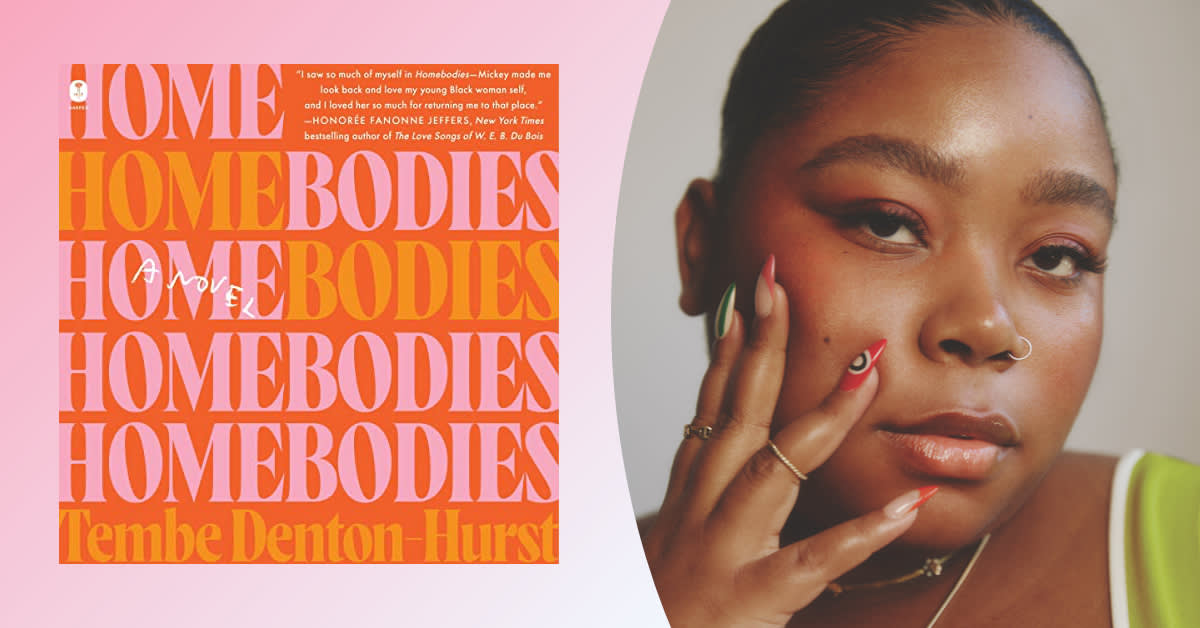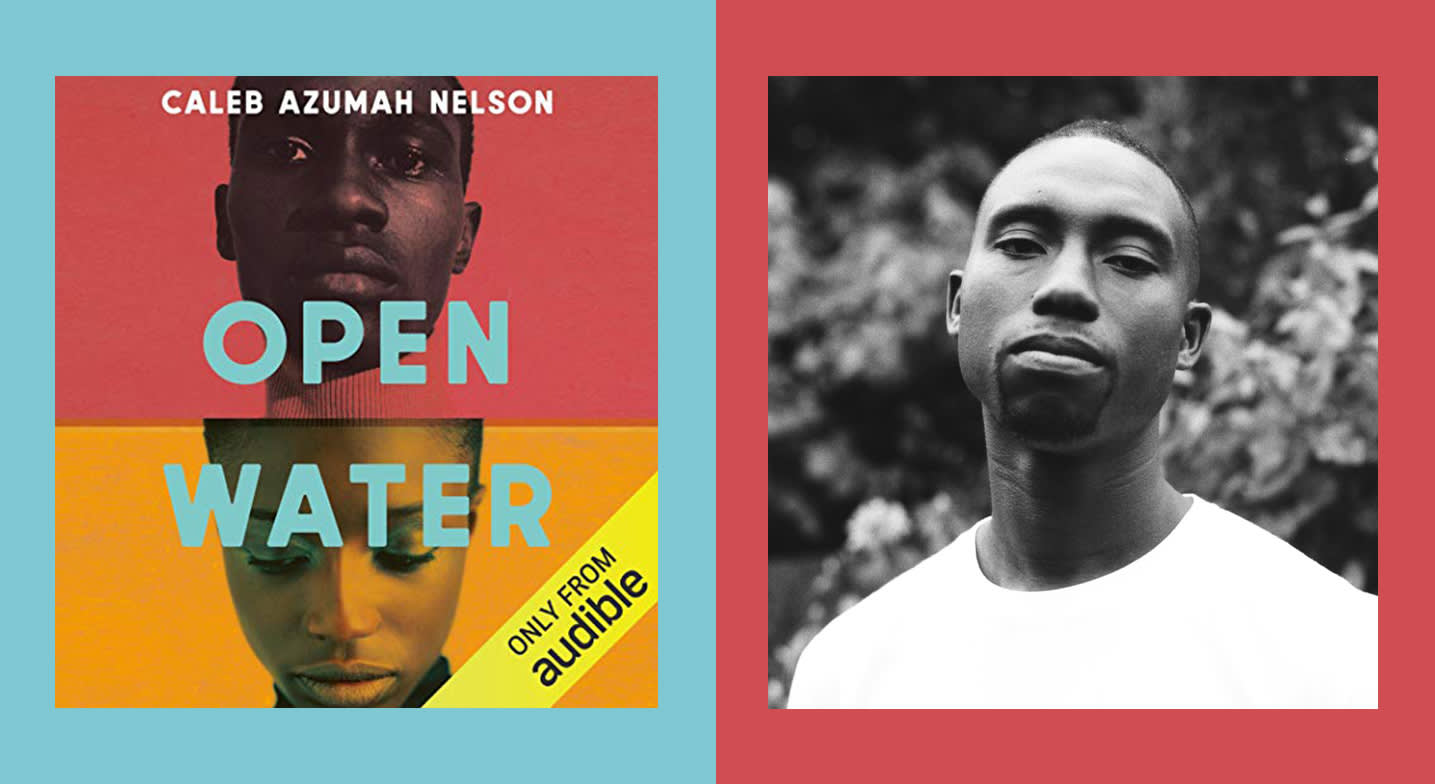In The Art of Scandal, a politician’s wife revisits her life choices and everything she gave up for her husband’s career after she discovers his infidelity. When a handsome young artist catches her eye—and her heart—Rachel Abbott has to decide whether the chance for real love is worth causing a real scandal after all.
We caught up with author and former civil litigator Regina Black to talk about how her legal background helped her craft the love story, the transformative power of art, and her favorite romance tropes to write and listen to.
Audible: Regina, congratulations on your fantastic debut! I read that you used to be a lawyer and now work in law school administration. What inspired you to write a romance novel? Did your legal expertise come into play or was writing romance a totally different outlet for you?
Regina Black: Romance novels are inherently hopeful and joyful, which is what I needed when I started drafting The Art of Scandal during the pandemic. And I’ve always loved the genre. Romances were my entry point to reading adult fiction when I was younger, but like most Black readers who grew up during the 90s and early 2000s, I rarely saw characters that looked like me in those stories. So, this book is a bit of a love letter to that younger version of myself who was desperate to see her own experience reflected in her favorite books. Regarding my legal experience, I’ve never practiced family law, but my background definitely helped me write about Rachel’s divorce and its ultimate resolution. Lawyers are trained to be persuasive storytellers. Part of writing a good romance is presenting evidence that two people should end up together. If the reader roots for their happy ending, you’ve won the argument.
The Art of Scandal follows a politician’s wife whose life is turned upside down when she discovers her husband's infidelity and finds comfort in the arms of a much younger man. Where did the idea for this book come from? Is Rachel’s character influenced by any real life or fictional political wives who’ve also been cheated on?
I knew I wanted to write a book about a woman with a very public life that privately unravels because of her husband’s betrayal. Once I decided that her husband was a cheating politician, I drew inspiration from various high-profile scandals, particularly involving men with accomplished wives who stood by them even when the world thought they shouldn’t. There's always a judgmental discourse around a woman making that decision which ignores how difficult it is to walk away from someone you’ve built your life around. The idea of rebuilding that life with no advance warning is terrifying. In the book, Rachel falls for a man who forces her to confront those fears and rediscover the woman she lost when she married into a powerful family.
Art is a big theme in this story. Both Rachel and her lover, Nathan, struggle with their artistic ambitions and not being able to do what makes them happy. Why did you choose art as the commonality that helps knit them together?
Art can be a very personal and vulnerable expression of our inner lives and identities. Rachel and Nathan are both in situations where they can’t safely be their authentic selves, which is a common experience for people of color. Meeting someone who sees that vulnerable artistic expression as something beautiful rather than something they should hide or be ashamed of is what allows them to heal and love themselves, which, in turn, allows them to find love with each other.
Did you have any involvement in the casting of Mela Lee to narrate the audiobook? Can you share any details behind the narration?
My publisher sent me several narrators to choose from, and it was such a difficult decision because they were all amazing. But Mela was already one of my favorite audiobook narrators. The minute I heard her reading The Art of Scandal, I knew she would do an amazing job with the story.
What are your favorite romance tropes to write and listen to?
I love the angst and intensity of second-chance romances. I also love marriage of convenience stories. It’s a trope I’ve never written, but I would definitely love to tackle it one day.
Author photo by Katie Childs.
